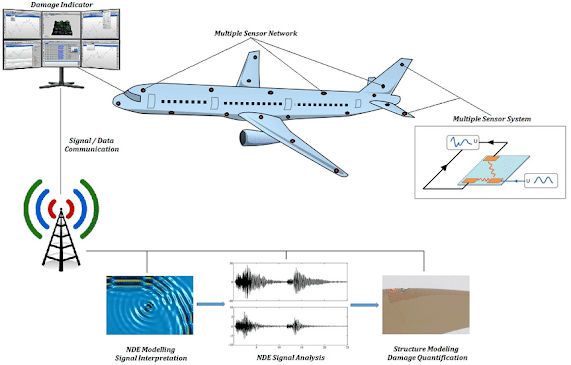𝐄𝐱𝐩𝐥𝐨𝐫𝐢𝐧𝐠 𝐭𝐡𝐞 𝐏𝐫𝐞𝐬𝐞𝐧𝐭 𝐚𝐧𝐝 𝐅𝐮𝐭𝐮𝐫𝐞 𝐨𝐟 𝐭𝐡𝐞 𝐀𝐞𝐫𝐨 𝐄𝐧𝐠𝐢𝐧𝐞 𝐂𝐨𝐦𝐩𝐨𝐬𝐢𝐭𝐞 𝐌𝐚𝐭𝐞𝐫𝐢𝐚𝐥 𝐈𝐧𝐝𝐮𝐬𝐭𝐫𝐲
𝐆𝐞𝐭 𝐚 𝐅𝐫𝐞𝐞 𝐒𝐚𝐦𝐩𝐥𝐞 𝐑𝐞𝐬𝐞𝐚𝐫𝐜𝐡 𝐏𝐃𝐅: https://www.fortunebusinessinsights.com/enquiry/request-sample-pdf/aero-engine-composite-material-market-105538
The aero engine composite material market is projected to grow from USD 2.87 billion in 2022 to USD 5.17 billion by 2029, exhibiting a CAGR of 8.76% during the forecast period. Composite materials have been utilized in the aerospace industry for many decades, initially in non-safety critical applications and more recently as primary structures, including fuselage and wing structures on the latest aircraft from Boeing, Airbus, and Bombardier. An ever-growing aerospace market presents major opportunities to the U.K. composite sector to develop products and technologies for current and future platforms, with the capability of composite materials becoming more advanced and suited to applications across the entire aircraft environment.
Aircraft engine is one of the most contradictory and demanding environments for any material system. These aero engine designs are oriented toward the reduction of fuel consumption, higher thrust, and lighter weight for better fuel efficiency. Furthermore, the introduction of advanced aero engine composite material requires intensive and advanced development programs. The rising production rate of commercial aircraft composites is driving the growth of the composites market for aircraft engines; aside from that, the use of ceramic matrix composites and metal matrix composites helps reduce weight for engines and allows them to run at much higher temperatures. However, the high capital investment and replacement cost of aero engine composite material may restrain the growth of the market.
𝐊𝐞𝐲 𝐏𝐥𝐚𝐲𝐞𝐫𝐬 𝐢𝐧 𝐓𝐡𝐢𝐬 𝐑𝐞𝐬𝐞𝐚𝐫𝐜𝐡 𝐑𝐞𝐩𝐨𝐫𝐭:
Rolls Royce Holdings Plc (U.K.)
GE Aviation (U.S.)
Hexcel Corporation (U.S.)
Meggitt Plc (U.K.)
Albany International (U.S.)
Nexcelle LLC (U.S.)
Solvay (Belgium)
DuPont de Nemours, Inc. (U.S.)
And Other key players.




Comments
Post a Comment